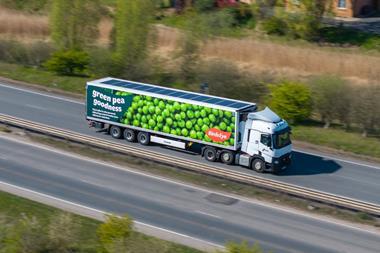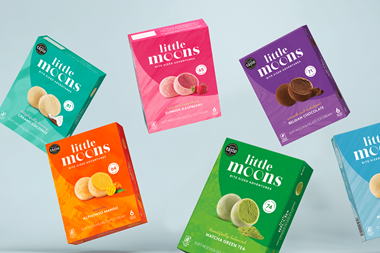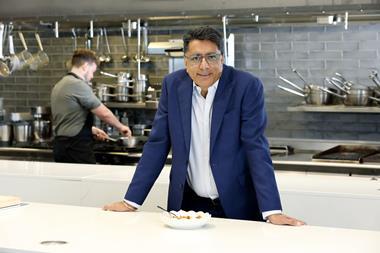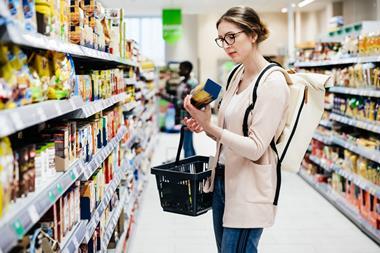For years frozen was regarded as the cheap and cheerful cousin of fresh and chilled. Not any longer.
As consumers wake up to the need to reduce the 6.7 million tonnes of food they throw away each year [Wrap], the inherently low-waste frozen sector is poised to come into its own.
"There is a natural advantage for frozen food in reducing waste," says Anne Murphy, general manager of Birds Eye UK and vice chair of the Food and Drink Federation's frozen food group. "Wrap highlights the freezer as the food lover's hero in that it enables consumers to eat fresh food when they want it, without fear of it going off.
"It is important that we continue to communicate the benefits of frozen food in reducing food waste, as well as in helping consumers to minimise waste by looking at portion sizes," she adds.
Frozen food companies have been quick to reinforce the point that frozen, unlike chilled, allows consumers to use only the required portions and store the rest for weeks at a time.
Consumers are also getting the message that freezing preserves nutrients more effectively than refrigerating.
"The recent uplift in sales for frozen suggests the message is getting through that freezing locks in taste and nutrients, meaning that frozen tastes just as good as fresh," says Birds Eye marketing director Ben Pearman. "Consumers are turning back to the category in a bid to enjoy fresh food without the waste."
Though frozen may be inherently less wasteful, there is still the issue of packaging to address. The delicate balance between attractive presentation and unattractive ostentation is a tough one to strike.
"There probably hasn't been enough packaging innovation across frozen relative to other categories," says Murphy. "I predict that this is set to change over the course of the next year."
Birds Eye is one of the 31 companies to have signed the Courtauld Commitment, which aims to reduce the 5.9 million tonnes of packaging waste generated every year.
Northern Foods, which has also signed the commitment, has pledged to reduce the waste it sends to landfill to zero by 2009, and has obtained planning approval for a green energy plant in Immingham, Lincolnshire.
The plant will convert non-recyclable waste from its own and other food manufacturers' sites into electricity.
"Industry needs to reduce its impact on the environment by reducing the packaging used, whether that's the packaging customers see or that which is used in the transport of the product to stores," says Northern Foods director of corporate social responsibility, Paula Widdowson.
"Over the past few years Goodfella's pizza has removed 4,500 tonnes of secondary packaging and one million transport miles."
Pizzas, along with ready meals, could be the first products on a new 'hero' list being created by Wrap.
The organisation is setting up working groups, consisting of suppliers, packers, retailers and brands, to explore packaging best practice.
"Frozen food producers have the potential to make significant reductions in packaging while delivering better designs for consumers," says Wrap's retail initiative manager Charlotte Henderson. "For instance, traditional pizza boxes can be replaced with flow-wrap.
Change isn't necessarily about altering your packaging material though, it's just as important to ask how your current packaging can be redesigned or improved in order to make savings," she adds.
Fish may not be far behind in the green card stakes.
Young's, for example, has redesigned packaging for its Lightly Smoked Salmon Fillets, using a 100%-recyclable carton. This has reduced the weight and size by 13% and 26% respectively.
The frozen sector is certainly equipped with plenty of environmental trump cards. Reductions in packaging, plus reductions in food waste, could pave the way for further increases in sales. n

















No comments yet